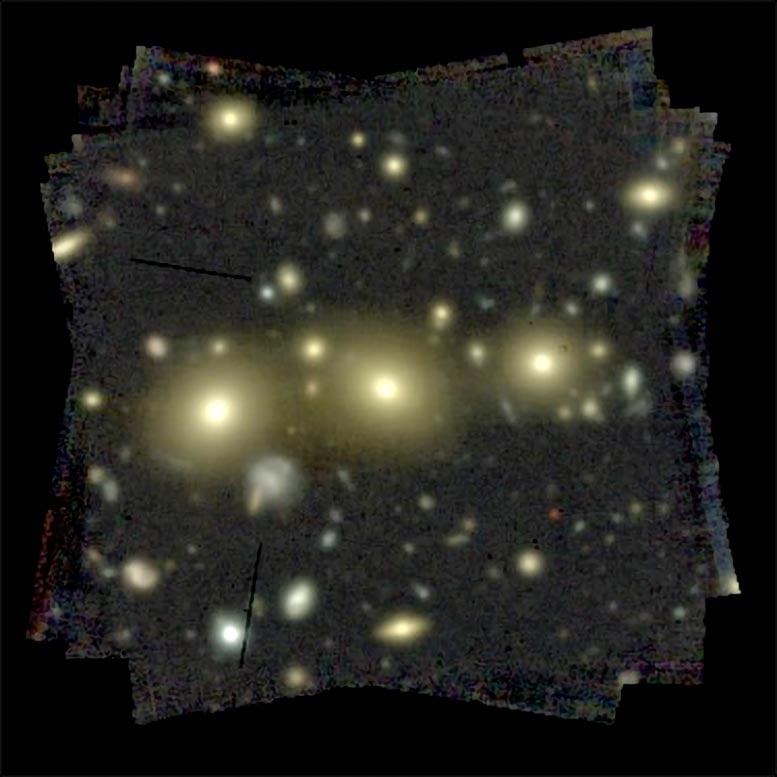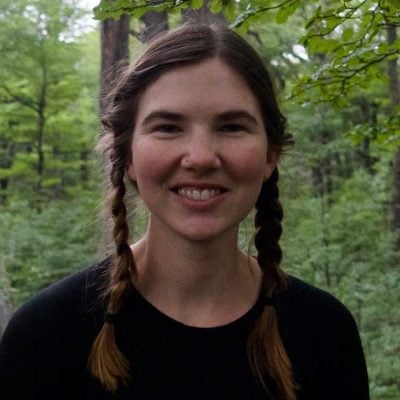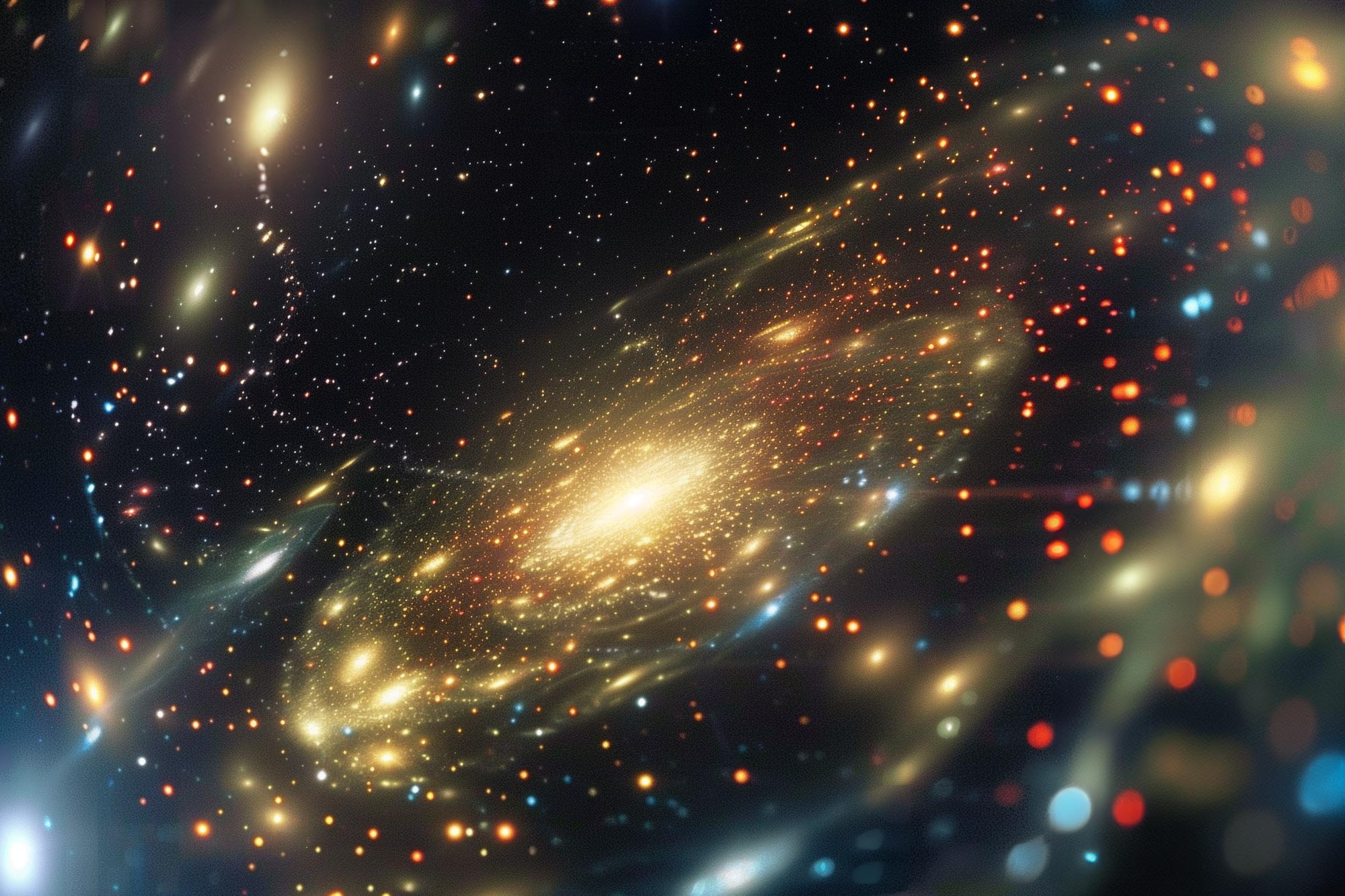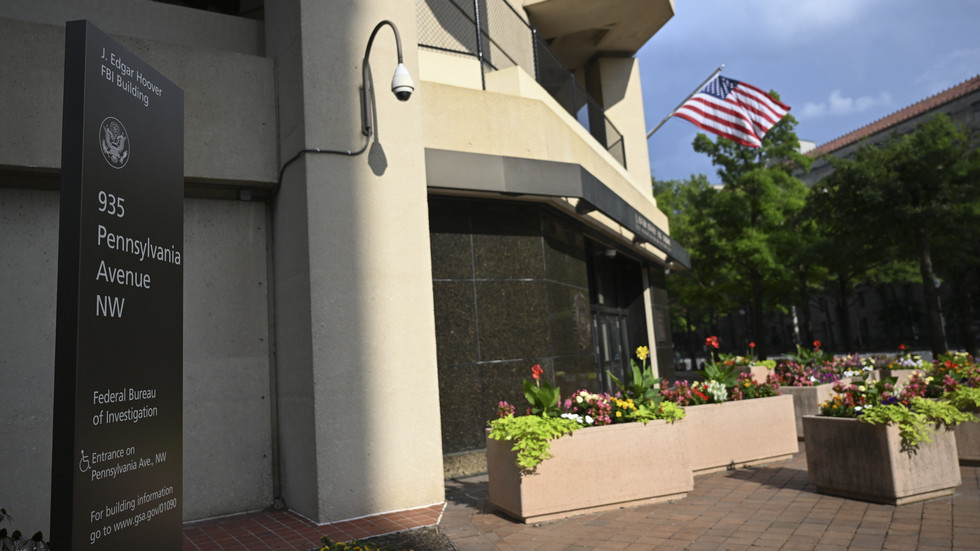An international team of astronomers has debunked the theory that stars and dark matter inexplicably compensate for each other in galaxies, revealing this perceived uniformity is due to oversimplified astronomical models.
By employing more detailed models and extensive data from the “This homogeneity suggested that dark matter and stars must somehow compensate for each other in order to produce such regular mass structures,” says Dr. Caro Derkenne, the first author of the paper and an ASTRO 3D researcher from Macquarie University. Like many conspiracies, no researcher could come up with a mechanism. If dark matter and stars could interact in this way, then we would need to change our understanding of how galaxies form and evolve. But they also couldn’t find an alternate reason to explain what they were seeing, until now. Derkenne and her colleagues found that the similarity in density might not be due to the galaxies themselves but to how astronomers were measuring and modeling them. The team observed 22 middle-aged galaxies (looking back some four billion years in the past due to their great distance) in extraordinary detail, using the European Southern Observatory’s Very Large Telescope in Chile. It enabled them to create more complex models that better captured the diversity of galaxies in the universe. “In the past, people built simple models that had too many simplifications and assumptions,” says Derkenne. “Galaxies are complicated, and we have to model them with freedom or we’re going to measure the wrong things. Our models ran on the OzStar supercomputer at Swinburne University, using the equivalent of about 8,000 hours of desktop computing time.” Derkenne is now applying her astronomy expertise to complex data for the Australia Public Service. “Astronomy sets you up really well to understand big data,” she says. “The real world is messy, and we don’t always have all the data. No one is there to tell you the answers or if you’re wrong or right. You need to accumulate data and analyze until you find something that works.” The project used DOI: 10.1093/mnras/stae1836 The co-authors are from the International Centre for Radio Astronomy Research (
Rethinking Galactic Structures

Advanced Modeling Reveals New Insights
Impact Beyond Astronomy














/https://tf-cmsv2-smithsonianmag-media.s3.amazonaws.com/filer_public/d1/82/d18228f6-d319-4525-bb18-78b829f0791f/mammalevolution_web.jpg)






Discussion about this post